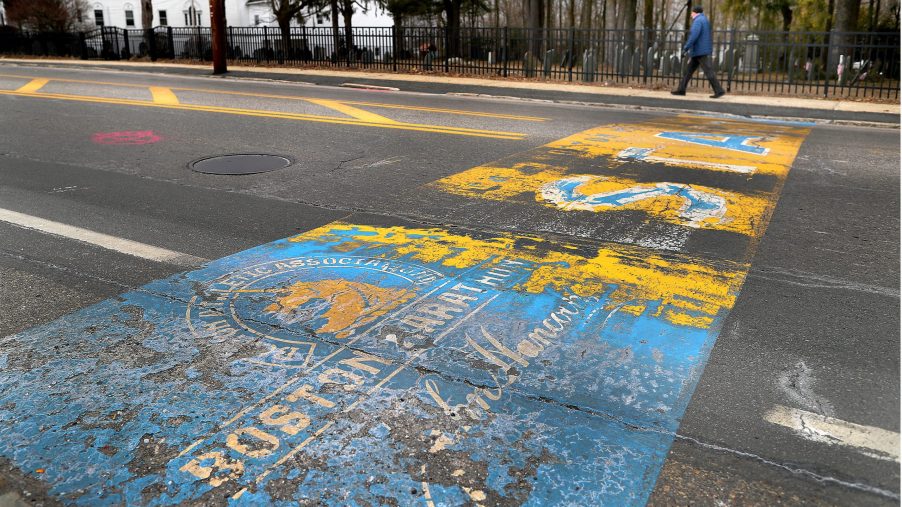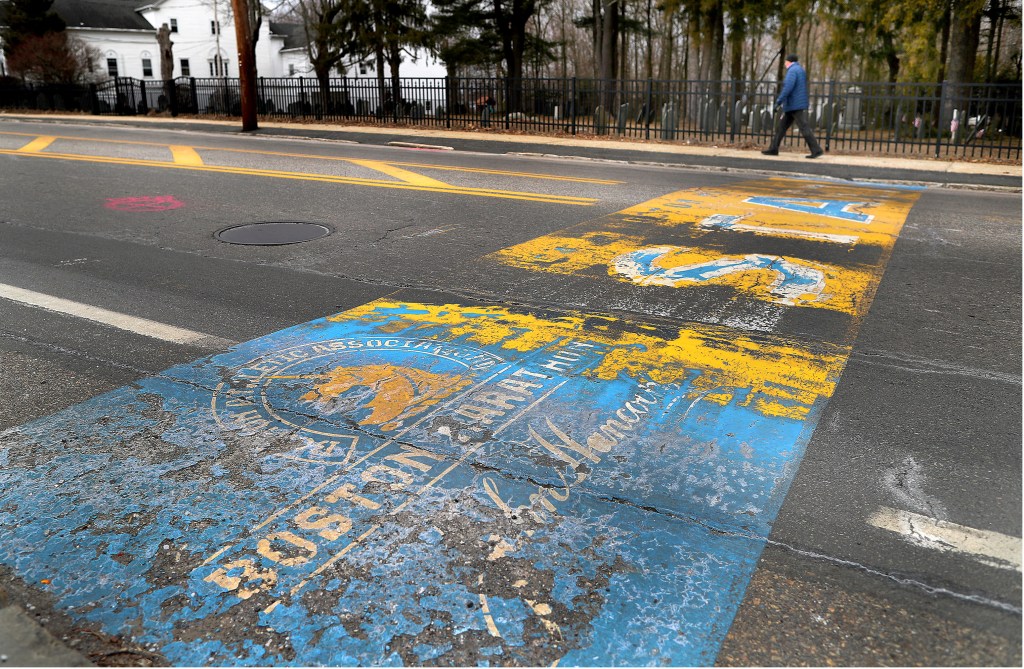
Are Boston’s Streets Really Paved Over Cow Paths?
Many tourists have discovered that driving in some parts of Boston can be really confusing. Between the winding curving roads and the one-way streets, sometimes it feels like you just can’t get there from here. How did some Boston streets get a confusing layout that causes such difficulty for cars?
The story of Boston’s cow paths
As the legend goes, Bostonians followed cow paths to determine their roads, creating a street layout that doesn’t look planned. According to Boston Magazine, even Ralph Waldo Emerson wrote about this story in 1860, saying, “We say the cows laid out Boston. Well, there are worse surveyors.”
There were cows in Boston in the colonial days. Computer Images explains that Boston Common, today a public park, was set aside for public purposes like militia training, chores, recreation, and grazing cows. The cows weren’t banned from Boston Common until 1830.
Is this a legend or the truth?

While it makes for a quaint story, historians have decided that it is not true that Boston’s streets were based on cow paths. However, it is true that the roads have a confusing layout in the oldest sections of the city, like the historic downtown, the Financial District, and the North End.
The area that is Boston today was built as several small towns located around the three mounds of the Trimountain on the Shawmut Peninsula. Boston Magazine suggests that the confusing road layout stems from the facts of the city’s age, the varied topography, and the multiple original towns.
The director at the Massachusetts Historical Society told the Boston Globe that people in Boston used to toast “the crooked little town of Boston” in local taverns.
The history of Boston’s confusing streets
Boston was named in 1630 and settled by English colonists who built their buildings and roads near the waterfront without having any city planning in place yet. More organized cities, like Washington, DC, or Chicago weren’t laid out until later, 1791 for Washington, DC, and the mid-1800s for Chicago.
In areas where Boston expanded into lowlands by using landfills, the streets are laid out in very orderly grids. That includes the Back Bay, the South End, Southie, and Eastie. The Back Bay section of Boston even includes major parallel streets that are named in alphabetical order.
However, Boston.com points out that even these areas of the city can cause some confusion for tourists. They have a grid pattern, but they aren’t laid out following north, south, east, west directions. That can make it tricky to understand what you’re walking toward. Plus, the grids of the different sections of the city don’t align with each other, says the Boston Globe.
Other sections of Boston include towns that used to be separate, like Roxbury, Dorchester, Charlestown, West Roxbury, and Brighton. Charlestown was founded in 1629, and the others were founded in 1630 like Boston, says Oldest.org. All were incorporated into Boston between 1868 and 1873.
Tim Wallace, who runs the Bostonography website along with Andrew Woodruff, says, “When you have a city like Boston that experienced steady land-building for decades, you’re bound to end up with a somewhat wonky street grid.” The two also point to the many urban squares in the city (and nearby cities as well). The streets end up connecting the many nodes of the squares to form a giant web.
Of course, another legend is that the Boston streets were designed to ward off visitors, from Revolutionary War Redcoats to Yankees baseball fans. The streets continue to be a challenge for any tourists visiting Boston today who aren’t already familiar with the local roads. On your next road trip to Boston, we recommend turning on your GPS or signing up for a tour group.


